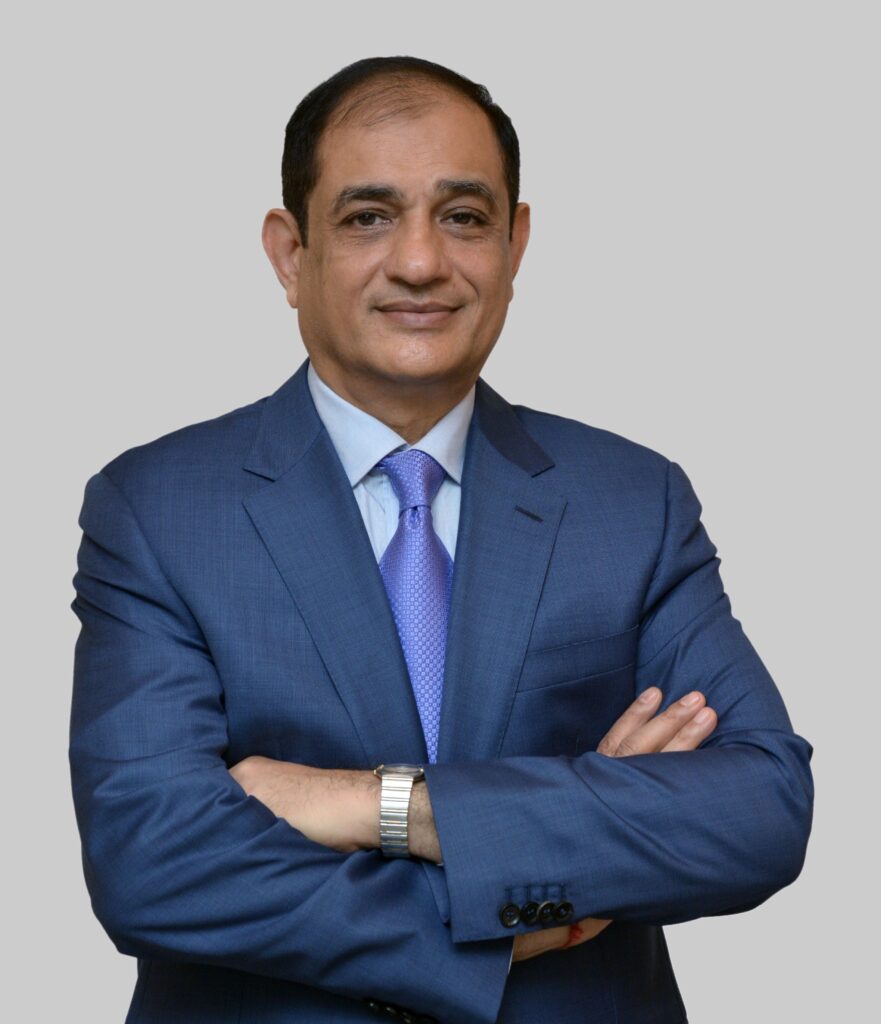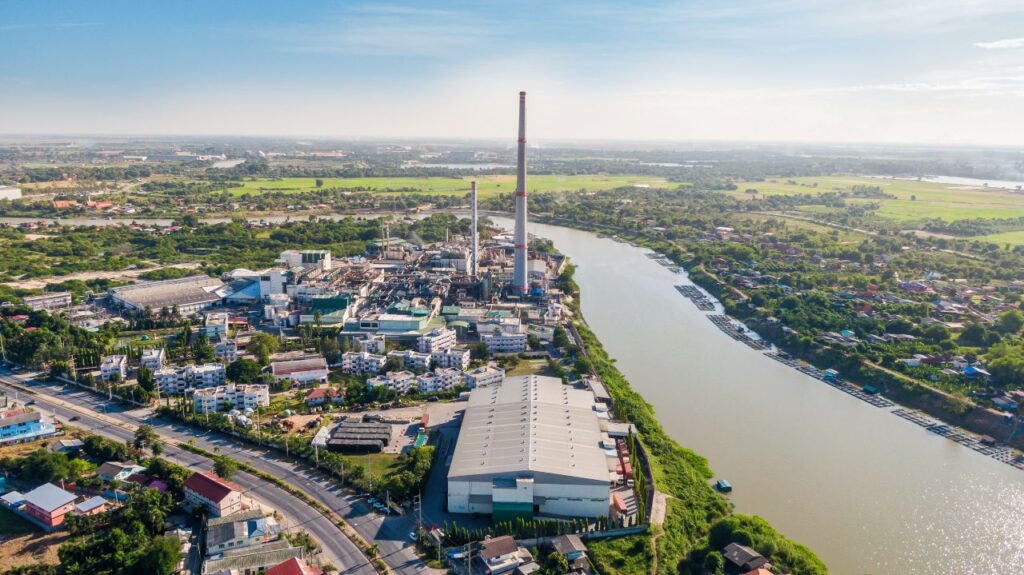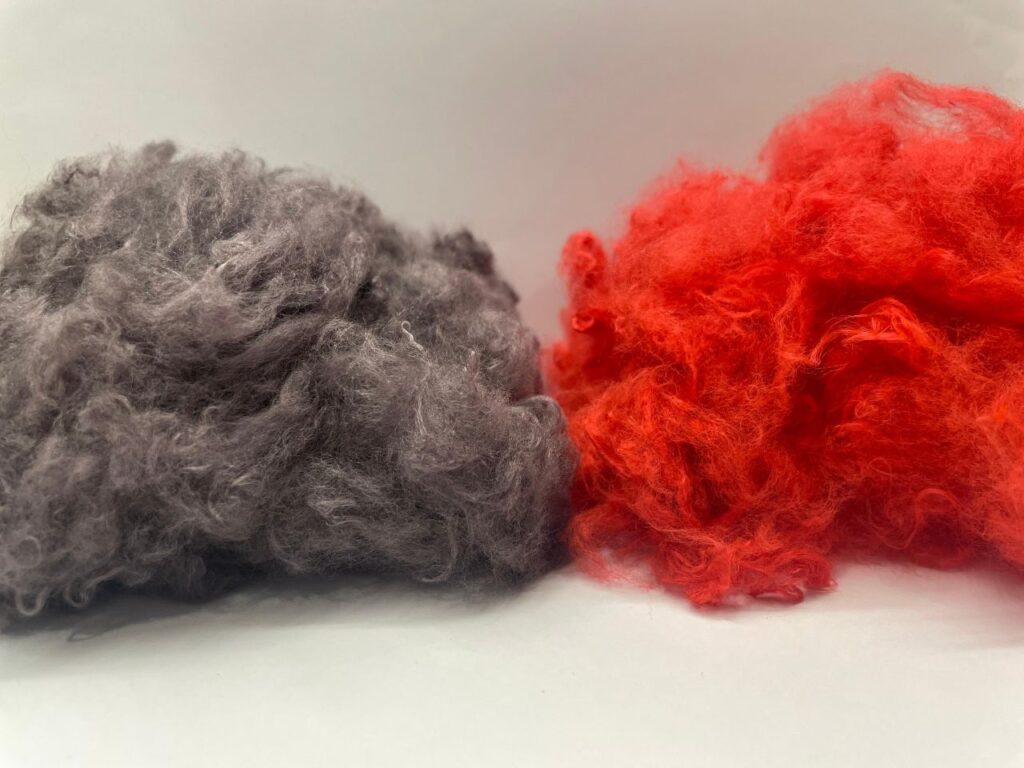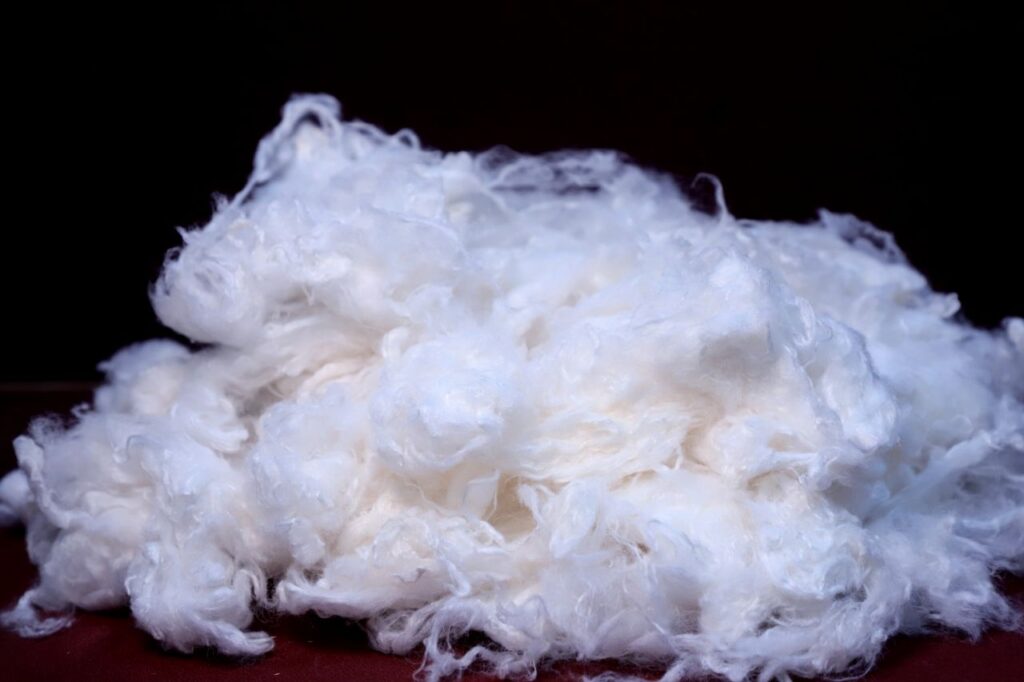By Arun Rao
Leading the way with Sustainability and Innovation
Birla Cellulose, a division of Grasim Industries Ltd., has emerged as a trailblazer in the realm of sustainable and innovative fibre production. Focusing on sustainable practices and innovative technology, the company continues to meet the growing demands of the fashion and apparel industries while prioritizing environmental responsibility. Through its pioneering approach, Birla Cellulose is transforming the textile sector with a commitment to preserving the environment and driving positive change.

The company has solidified its leadership in responsible wood sourcing, receiving the prestigious ‘Dark Green Shirt’ rating from Canopy’s annual Hot Button Report for five consecutive years. In 2024, it achieved the number one ranking, which is recognition from Canopy, a non-profit environmental organization that evaluates companies based on their sustainability practices. These accolades reflect Birla Cellulose’s unwavering dedication to forest conservation and responsible sourcing, setting a benchmark in the industry.
“We are proud to lead the charge in scaling up Next Gen solutions,” said Mr. HK Agarwal, MD of Grasim Industries and Business Director at Birla Cellulose. “This prestigious recognition validates our continuous commitment to improving sustainable wood sourcing practices, promoting forest conservation, and maintaining transparency in the value chain.”
Commitment to Sustainable Production and Carbon Footprint Reduction
Birla Cellulose’s commitment to environmental stewardship extends to its production processes, with a clear focus on reducing carbon emissions and conserving water. The company leads the global fibre industry with the lowest processed water consumption per tonne of fibre produced. Birla Cellulose has pioneered the adoption of Zero Liquid Discharge (ZLD) technology at its Nagda facility and implemented water recovery systems across its plants. These initiatives are designed to minimize the environmental impact of its operations and promote efficient water management.

To reduce its reliance on coal, Birla Cellulose is integrating renewable energy sources and bio-fuels at its facilities. Its range of specialty fibre products, including Birla Excel, Birla Purocel, Livaeco, and Liva Reviva, Birla Viscose EcoSoft are made from certified renewable wood sources, produced in facilities that emphasize resource recovery and recycling.
“We specialize in sustainable, value-added fibres with a closed-loop production process that recycles water and chemicals,” Mr. Agarwal added. “We also manufacture Lyocell fibres on three lines, with plans to expand to a fourth. Lyocell offers exceptional tenacity and mirrors the properties of cotton, enhancing moisture absorption, softness, and overall fabric quality.”
Innovative and Sustainable Fibre Solutions
What began with a single cellulose fibre plant in Nagda, Madhya Pradesh, has now grown into an international network of 11 facilities, with an annual production capacity of 1.25 million tons of fibre. Birla Cellulose operates five advanced research centres equipped with state-of-the-art technology and pilot plants to drive further innovation in sustainable fibre production.


In the dynamic world of sustainable fashion and textiles, Birla Cellulose’s flagship brand Liva is a game-changer, transforming how designers and consumers think about fabric. Liva’s fluid, natural cellulosic fibres bring together the best of comfort and conscious fashion, offering garments that not only feel luxurious but also align with sustainability values. The brand has partnered with leading fashion houses and designers, creating collections that showcase how eco-responsible textiles can deliver both style and performance. Through Liva, Birla Cellulose has established itself as more than just a fibre manufacturer – it has become a trusted name in the fashion ecosystem, influencing trends while promoting environmental stewardship.
Birla Cellulose produces a wide range of cellulosic fibres, including viscose staple, Lyocell, fire-retardant, Modal, dyed, and short-cut fibres. A leader in developing fibres for circular textiles, the company promotes reuse and recycling. Its fibres are used in diverse applications, from apparel, home textiles, nonwovens to feminine hygiene products, where it offers a biodegradable alternative to conventional polymers. In 2024, Birla Cellulose launched Birla SaFR, a flame-retardant fibre for protective clothing, and Intellicolor, a fibre simplifying the dyeing of polyester, acrylic, and cellulosic blends.
“Intellicolor fibre offers a significant advantage in the dyeing process, reducing the need for multiple dyeing baths,” Mr. Agarwal explained. “This results in considerable savings in water, chemicals, dyes, and energy, helping to minimize environmental impact.”
Birla Cellulose’s Expansion and Market Growth
Globally, cellulosic fibres comprise approximately 6.5% of fibre consumption, while cotton represents about 25%. In India, though cotton remains the dominant fibre, cellulosic fibre consumption trends mirror the global market. Mr. Agarwal noted that India’s fibre consumption growth rate exceeds global averages. To support this growth, Birla Cellulose continually introduces new fibre products and collaborates with the textile sector to enhance the quality of cellulosic fibre yarns and fabrics. The company’s fibres are used by over 125 global and Indian apparel brands, including Arvind Ltd, H&M, and Walmart, as well as leading home textile manufacturers such as Trident and Welspun Living in their premium products.
The Future of Cellulosic Fibres and Sustainability
Birla Cellulose’s continuous innovation and development of specialized, high-performance fibres establish new benchmarks for both quality and environmental responsibility.
Birla Cellulose’s Textile Research and Application Development Centre (TRADC) invests heavily in R&D to create eco-friendly, high-quality fibres. Focusing on innovative fibre technologies, enhanced product performance, and sustainability, the R&D team develops biodegradable alternatives and optimizes manufacturing for greater efficiency and reduced resource use, committed to high standards of quality and sustainability.
“As we look ahead, we will continue to drive the growth of cellulosic fibres, enabling yarn and fabric producers to offer better-quality products,” concluded Mr. Agarwal. “With a steadfast focus on innovation and sustainability, Birla Cellulose will remain at the forefront of the textile industry, setting new benchmarks for environmental stewardship and responsible production.”
By blending cutting-edge technology with a deep commitment to sustainability, Birla Cellulose is leading the charge toward a more environmentally responsible and innovative future for the textile industry.